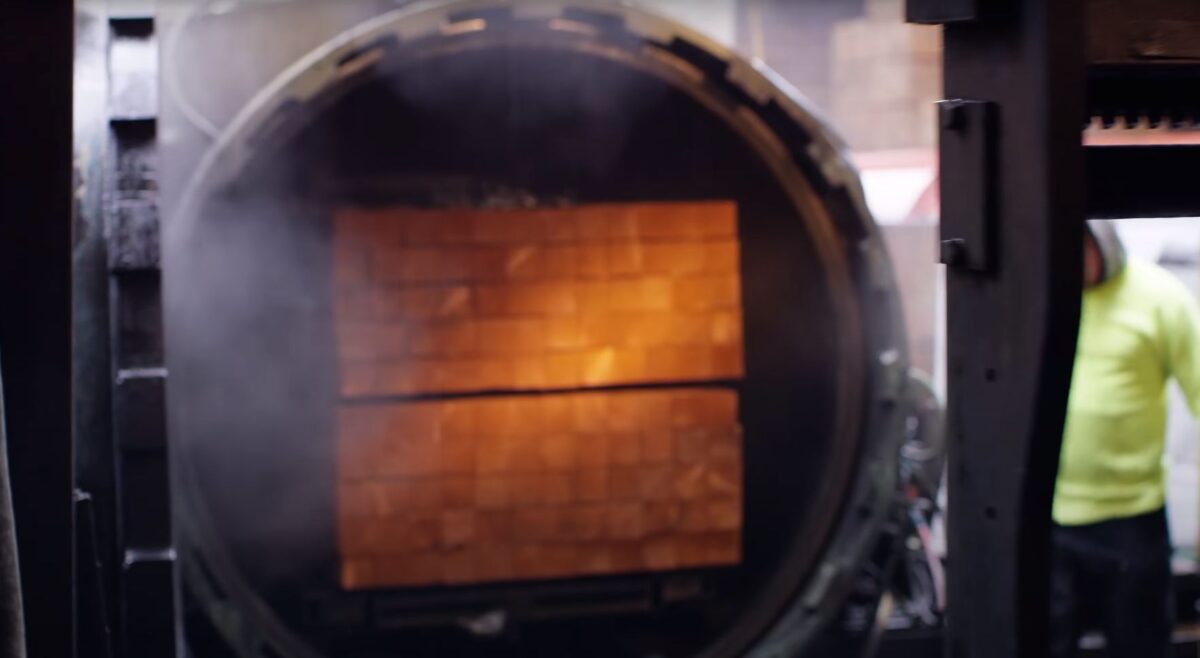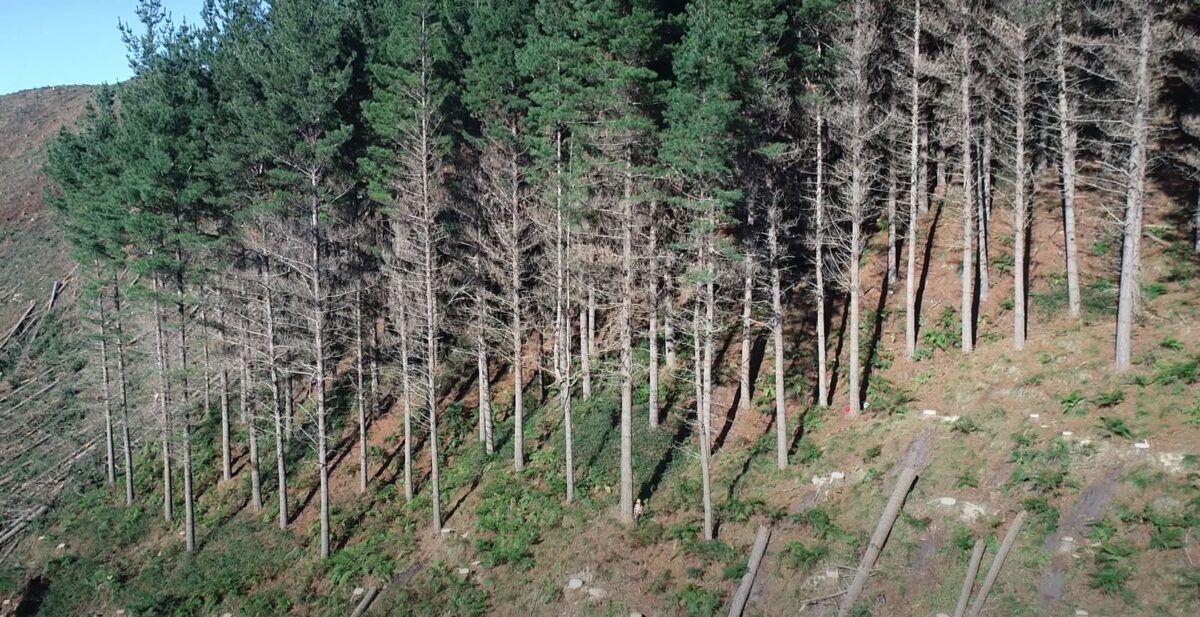Understanding Wood Types: Pine vs Hardwood
When choosing the type of wood for your timber fencing or wooden decking needs, understanding the differences between pine and hardwood is essential. These distinctions contribute to the varied pricing of these two types of wood.
The Growing Process: Factors that Affect Costs
Pine: A Fast-Growing Species
Pine trees are softwoods, and they grow relatively quickly. This rapid growth rate provides some essential insights into their cost-effectiveness:
- Higher Availability: Fast growth means more trees are available in a shorter time frame.
- Less Maintenance: Pine trees typically require fewer resources and care during their growth phase.
- Easier Harvesting: The softer nature of pine makes it easier to cut and process, further reducing costs.
Hardwood: A Longer Journey
Hardwoods like oak or mahogany grow much more slowly. The reasons behind their higher costs include:
- Longer Growth Period: It takes longer for hardwood trees to reach maturity.
- More Care and Resources: These trees generally require more attention and resources during growth.
- Difficult Harvesting Process: Being denser, hardwoods are more challenging to harvest, contributing to increased expenses.
Manufacturing and Processing: A Look into Cost Variations
Simplified Processing of Pine
The processing of pine is generally less complex, leading to reduced manufacturing costs. This includes:
- Sawing: Pine is easier to saw due to its soft nature.
- Drying: Pine dries faster, reducing the time and energy needed in the drying process.
- Treatment: Pine’s receptive nature allows for more straightforward treatment with preservatives.
Hardwood: A More Complex Journey
The manufacturing of hardwood involves additional time and expertise:
- Sawing: More robust machinery is required.
- Drying: Hardwoods often require longer drying periods.
- Finishing: The finishing process may include more intricate details, adding to costs.
Applications and Choices: Pine for Fencing and Decking
In the context of wooden fences and timber deck installations in Auckland, pine’s attributes make it a highly appealing option:
- Affordability: Due to the factors listed above, pine is generally more budget-friendly.
- Flexibility: Pine’s workable nature allows for diverse design options.
- Sustainability: Its rapid growth rate supports more sustainable forestry practices.
Health and Safety Considerations
While pine’s cost-effectiveness is a clear advantage, certain health and safety considerations must be observed:
- Proper Treatment: Pine must be properly treated to resist pests and weather-related damages.
- Safety in Manufacturing: The softer nature of pine means splintering can be a risk during processing, and proper safety measures must be adhered to.
- Regular Maintenance: Regular inspection and maintenance are necessary for long-lasting structures.
Why Choose Quality Fencing Auckland?
For homeowners looking to install a new fence or deck, Quality Fencing Auckland offers skilled craftsmanship with both pine and hardwood. Our knowledge ensures that the proper materials, treatments, and designs are used to create beautiful, long-lasting structures.
Key Takeaways
- Pine is generally cheaper than hardwood due to its faster growth, less resource-intensive care, and simplified processing.
- Pine offers affordability, flexibility, and sustainability, making it a popular choice for fencing and decking.
- Engaging Quality Fencing Auckland ensures professional and tailored solutions for your fencing and deck installation needs.
FAQ
Q: Is pine less durable than hardwood?
A: While pine is softer and may be less resistant to wear, proper treatment and maintenance can enhance its durability.
Q: Can hardwood be a better option for certain applications?
A: Yes, hardwoods may be preferred for their unique aesthetics or where greater strength is required.
Q: What health and safety considerations are associated with using pine?
A: Proper treatment, safety in manufacturing, and regular maintenance are vital considerations when using pine.
References
- Timber and Wood Products Industry of New Zealand: Guidelines on sustainable forestry and wood usage.
- WorkSafe New Zealand: Safety guidelines related to wood processing and manufacturing.
- New Zealand Building Code: Regulations on materials and construction for decking and fencing.
Note: All recommendations and regulations adhere to New Zealand standards, ensuring quality and compliance in construction and material usage.



